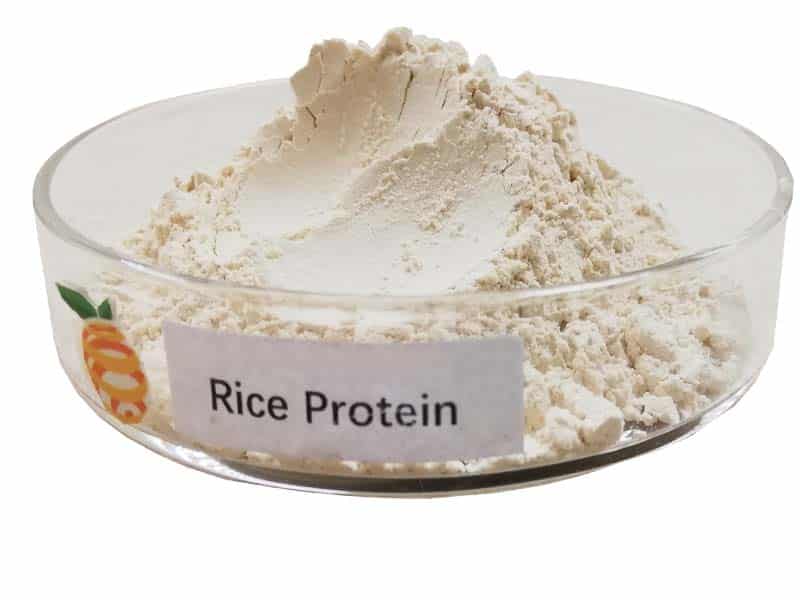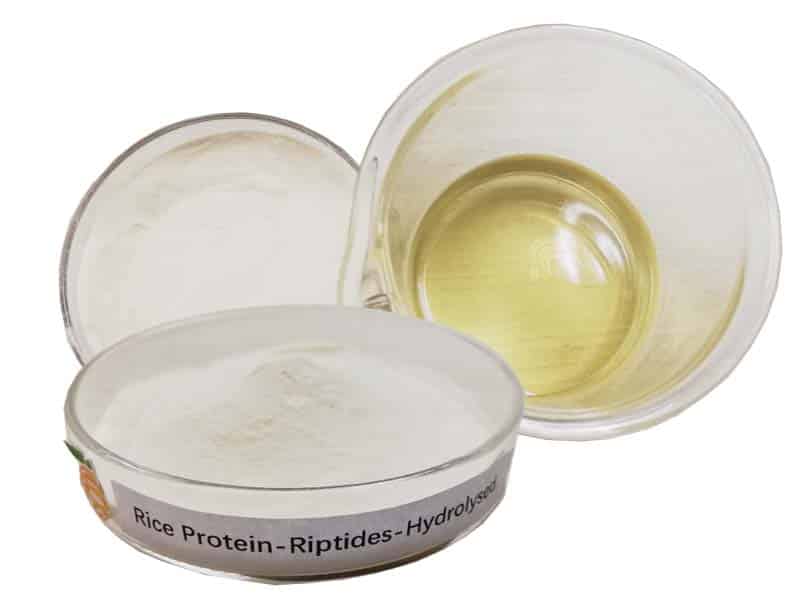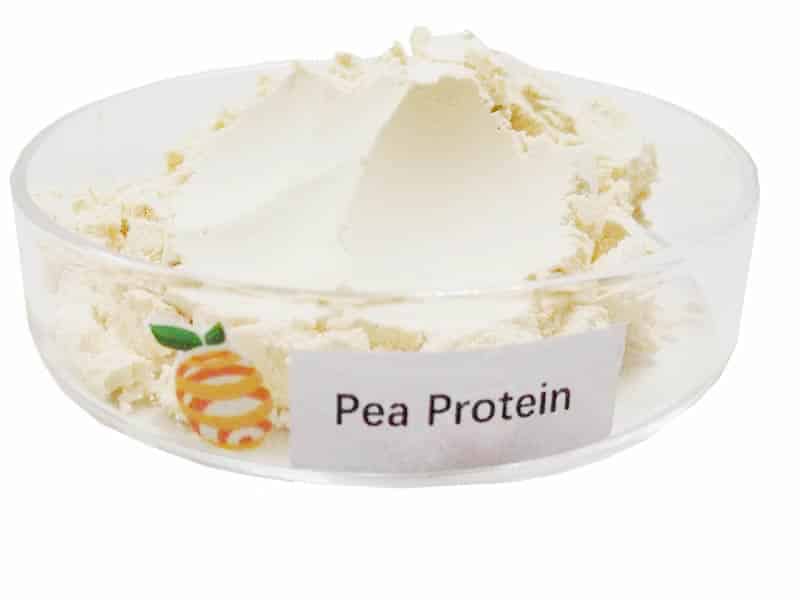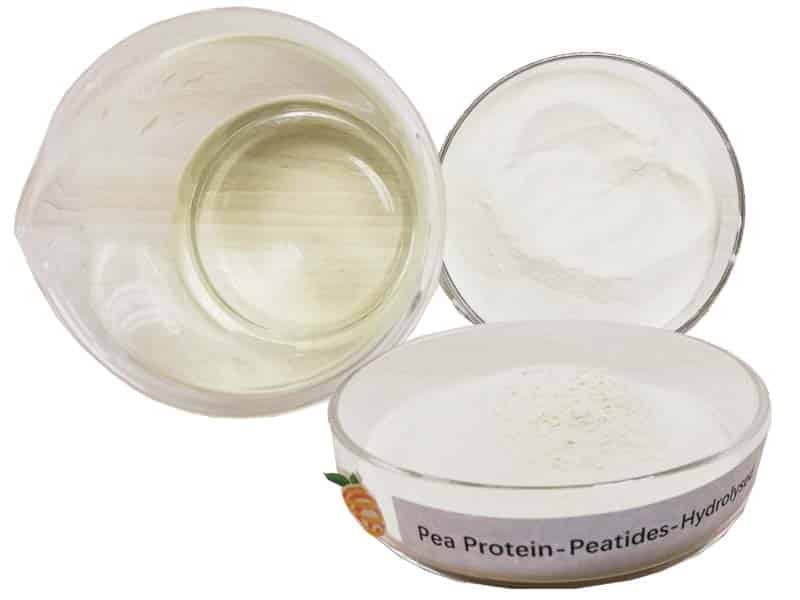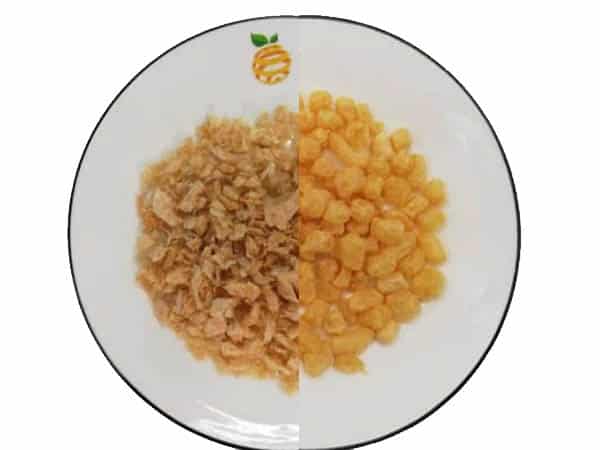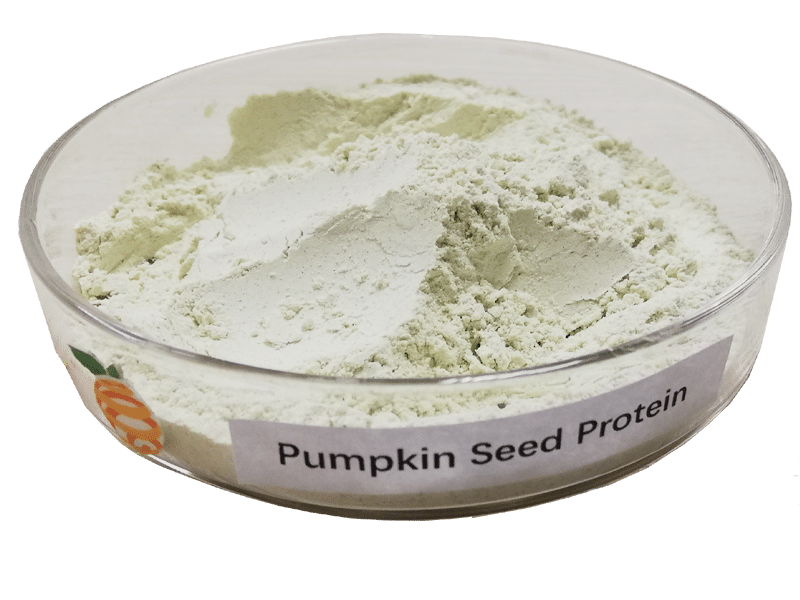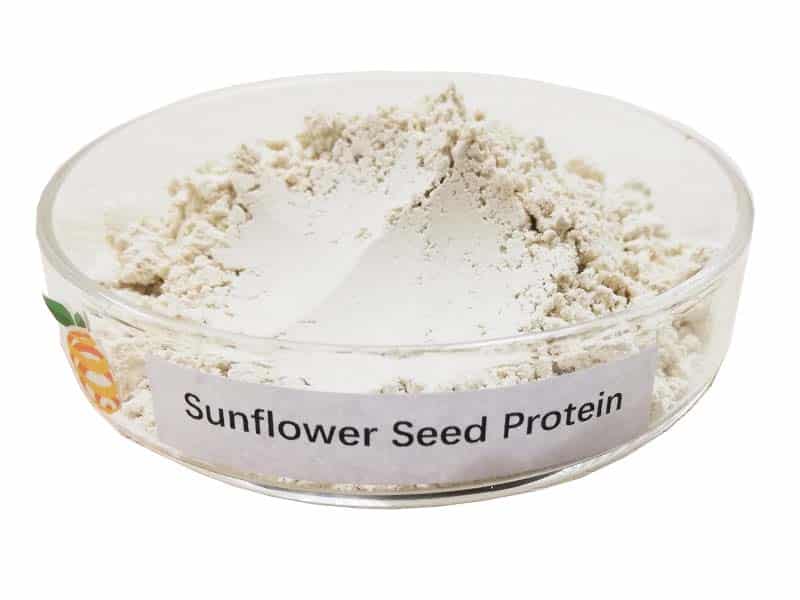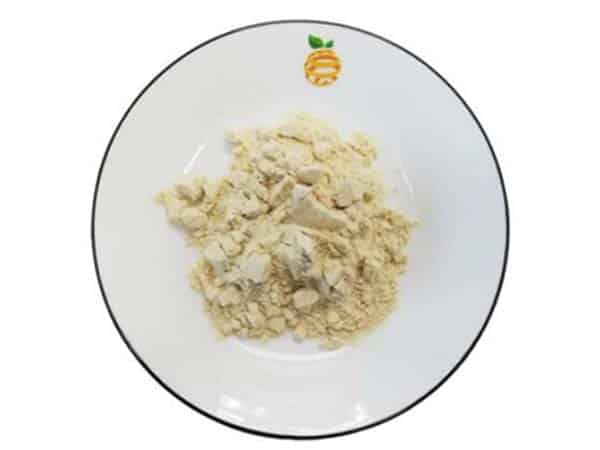How Pea Protein is Made: An Insight
-
Table of Contents
How Pea Protein is Made: An Insight
< 01/bf1636b4661e3a81269254605f598e1a How Pea Protein is Made: An Insight" />
Pea protein has gained significant popularity in recent years as a plant-based alternative to animal-based protein sources. It is not only a great option for vegans and vegetarians but also for individuals looking to reduce their meat consumption and improve their overall health. But have you ever wondered how pea protein is made? In this article, we will take a closer look at the process of pea protein production, from sourcing the peas to the final product.
Sourcing the Peas
The first step in the production of pea protein is sourcing the peas themselves. Peas used for protein production are typically yellow peas, also known as field peas. These peas are specifically grown for their high protein content and are harvested when they are fully matured. The peas are then cleaned and sorted to remove any impurities or damaged peas.
Dehulling and Milling
Once the peas have been cleaned, they go through a process called dehulling. Dehulling involves removing the outer shell or hull of the peas, leaving behind the inner part known as the cotyledon. The cotyledon is rich in protein and is the main component used to produce pea protein.
After dehulling, the cotyledon is milled into a fine powder. This milling process helps break down the cotyledon into smaller particles, making it easier to extract the protein later on.
Protein Extraction
The next step in the production of pea protein is protein extraction. The milled pea powder is mixed with water to create a slurry. Enzymes are then added to the slurry to break down the proteins and release them from the other components of the pea.
The slurry is then subjected to a separation process, typically using centrifugation or filtration. This process helps separate the protein from the other components, such as fiber and starch. The resulting liquid contains the pea protein, while the remaining solids are further processed to extract any remaining protein.
Concentration and Drying
Once the pea protein has been extracted, it undergoes a concentration process to remove excess water. This is typically done through a process called ultrafiltration, where the liquid is passed through a membrane that retains the protein while allowing water and smaller molecules to pass through.
After concentration, the pea protein is dried to remove any remaining moisture. There are several drying methods used in the industry, including spray drying and freeze drying. These methods help transform the liquid protein into a dry powder form, which is easier to handle and store.
Quality Control and Packaging
Before the pea protein is packaged and ready for distribution, it undergoes rigorous quality control testing. This ensures that the protein meets the required standards for purity, protein content, and absence of contaminants.
Once the pea protein passes the quality control tests, it is packaged into various sizes and formats, such as bulk bags or individual sachets. The packaging is designed to protect the protein from moisture and other external factors that could affect its quality.
Conclusion
Pea protein is a versatile and sustainable plant-based protein source that is gaining popularity in the market. Understanding how pea protein is made provides valuable insights into the production process and helps consumers make informed choices about the products they consume.
From sourcing the peas to the final packaging, each step in the production of pea protein is carefully executed to ensure the highest quality product. The use of advanced technologies and quality control measures guarantees that the pea protein is pure, allergen-free, and meets the nutritional needs of consumers.
So, the next time you enjoy a pea protein shake or add pea protein to your favorite recipe, you can appreciate the journey it took to reach your plate.
About ETprotein
ETprotein, a reputable protein Chinese factory manufacturer and supplier, is renowned for producing, stocking, exporting, and delivering the highest quality organic bulk vegan protein and plant proteins. They include Organic rice protein, clear rice protein, pea protein, clear pea protein, pumpkin seed protein, sunflower seed protein, mung bean protein, etc. Our offerings, characterized by a neutral taste, non-GMO, allergen-free attributes, cater to a diverse range of industries. We serve nutraceutical, pharmaceutical, cosmeceutical, veterinary, as well as food and beverage finished product distributors, traders, and manufacturers across Europe, USA, Canada, Australia, Thailand, Japan, Korea, Brazil, and Chile, among others.
Our specialization includes exporting and delivering tailor-made protein powder and finished nutritional supplements. Our extensive product range covers sectors like Food and Beverage, Sports Nutrition, Weight Management, Dietary Supplements, Health and Wellness Products, and Infant Formula, ensuring comprehensive solutions to meet all your protein needs.
As a trusted company by leading global food and beverage brands and Fortune 500 companies, ETprotein reinforces China’s reputation in the global arena. For more information or to sample our products, please contact us and email sales(at)ETprotein.com today.


